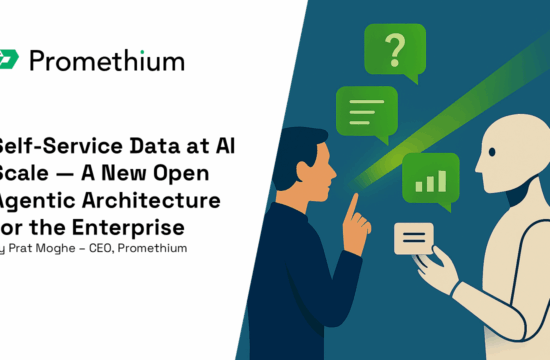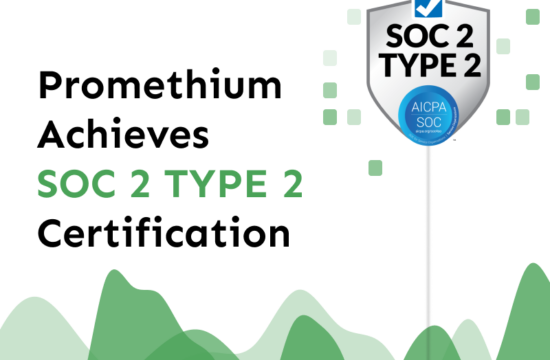In the era of data-driven decision-making, businesses face a growing need for efficient and streamlined data processing. While the modern data stack has gained popularity as a comprehensive solution, its drawbacks in terms of cost, complexity, security and more make it a poor choice for most organizations, as we discussed in Part I of this series. It’s time to consider an alternate approach: the Unified Data Stack.
Simplicity and Ease of Implementation
Assembling the components of a modern data stack is no small feat of data engineering. On the other hand, with a unified data stack the absence of any need to manage and integrate multiple tools massively reduces complexity, training requirements, and potential compatibility issues.
This streamlined approach allows organizations to focus on utilizing data insights rather than getting caught up in the technical intricacies of getting the data.
Cost-Effectiveness

Seamless Integration and Data Consistency
Flexibility and Scalability
A unified data stack offers flexibility and scalability, allowing organizations to adapt to changing business requirements. Whether it’s adding new data sources, expanding data processing capabilities, or accommodating a growing user base, a unified system can easily scale to meet evolving needs.

Enhanced Data Governance and Security
With a unified data stack, organizations can establish robust data governance practices and ensure better data security. By centralizing data processing, it becomes easier to implement access controls, define data policies, and monitor data usage.
This centralized approach improves data accountability and compliance, reducing the risk of data breaches or unauthorized access. Organizations can have greater control over their data, mitigating privacy concerns and aligning with regulatory requirements.
Conclusion
While the modern data stack has gained popularity, the unified data stack offers a superior solution for organizations seeking simplicity, cost-effectiveness, and seamless integration. With its streamlined implementation process, affordability, seamless integration, flexibility, scalability, and enhanced data governance, the unified data stack provides a holistic and efficient approach to data processing.
By adopting a unified data stack, organizations can focus on deriving meaningful insights from their data, enabling data-driven decision-making and gaining a competitive edge in today’s data-rich world. If you’d like to learn about how Promethium offers a Unified Data Stack, read on.



